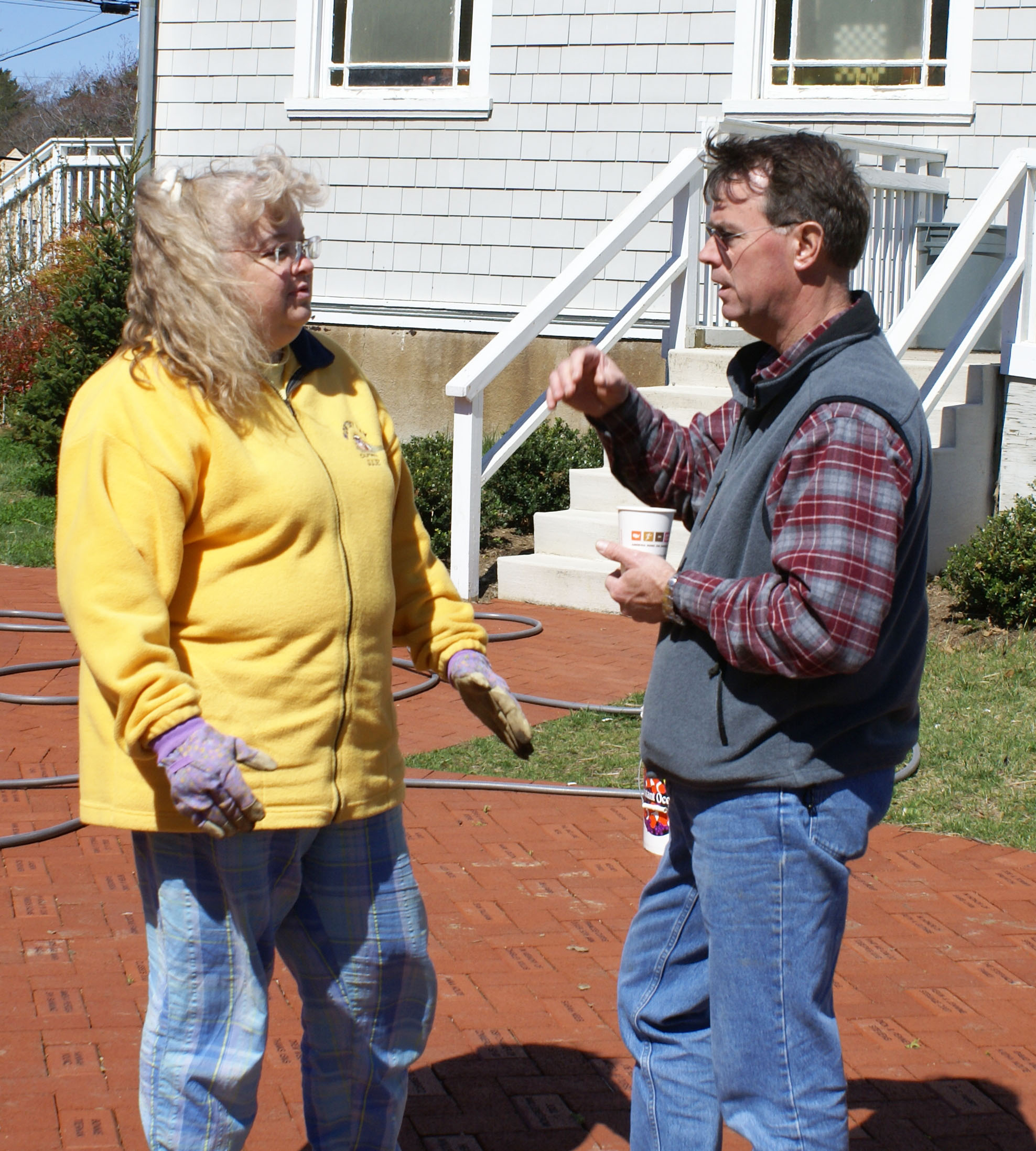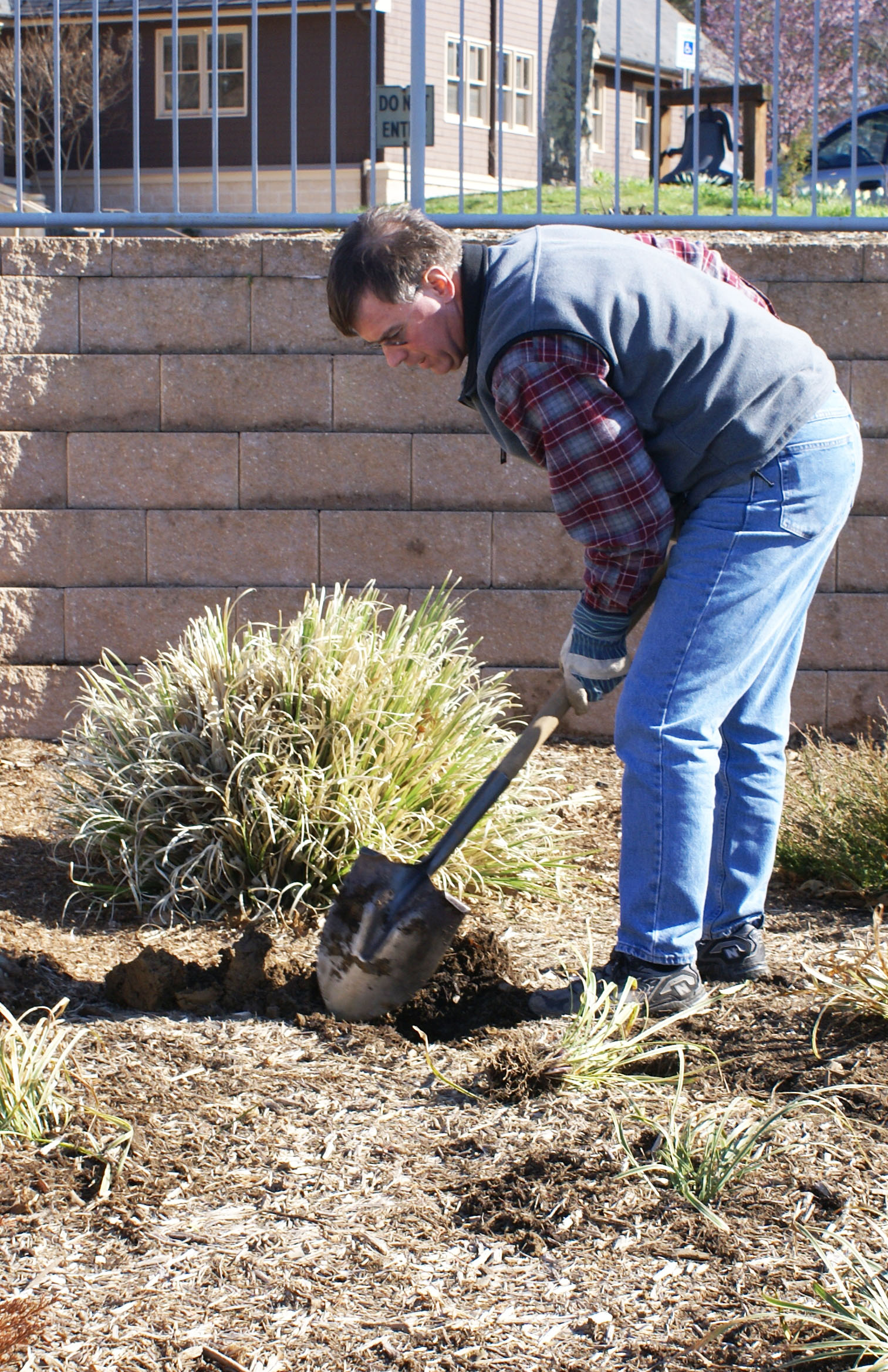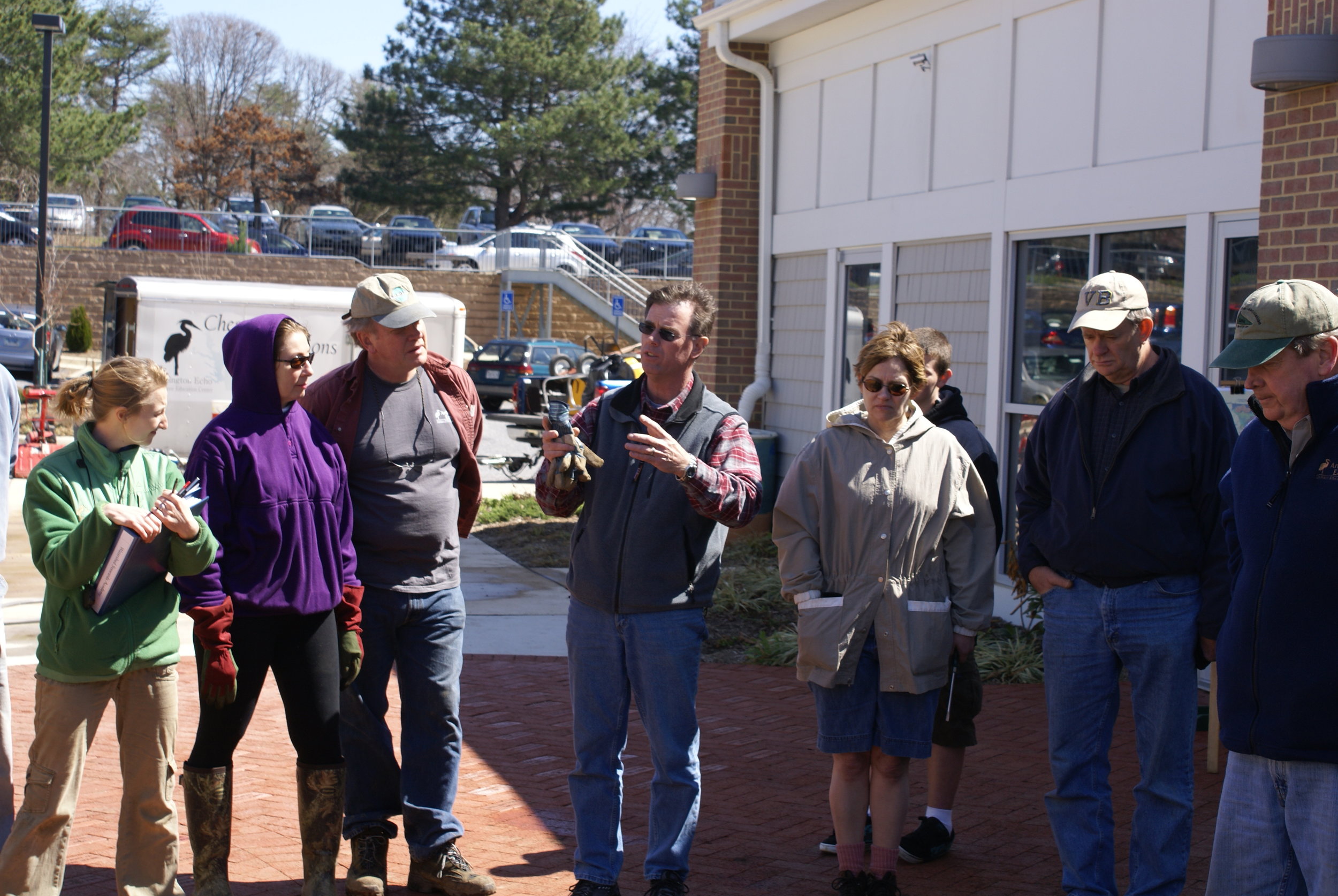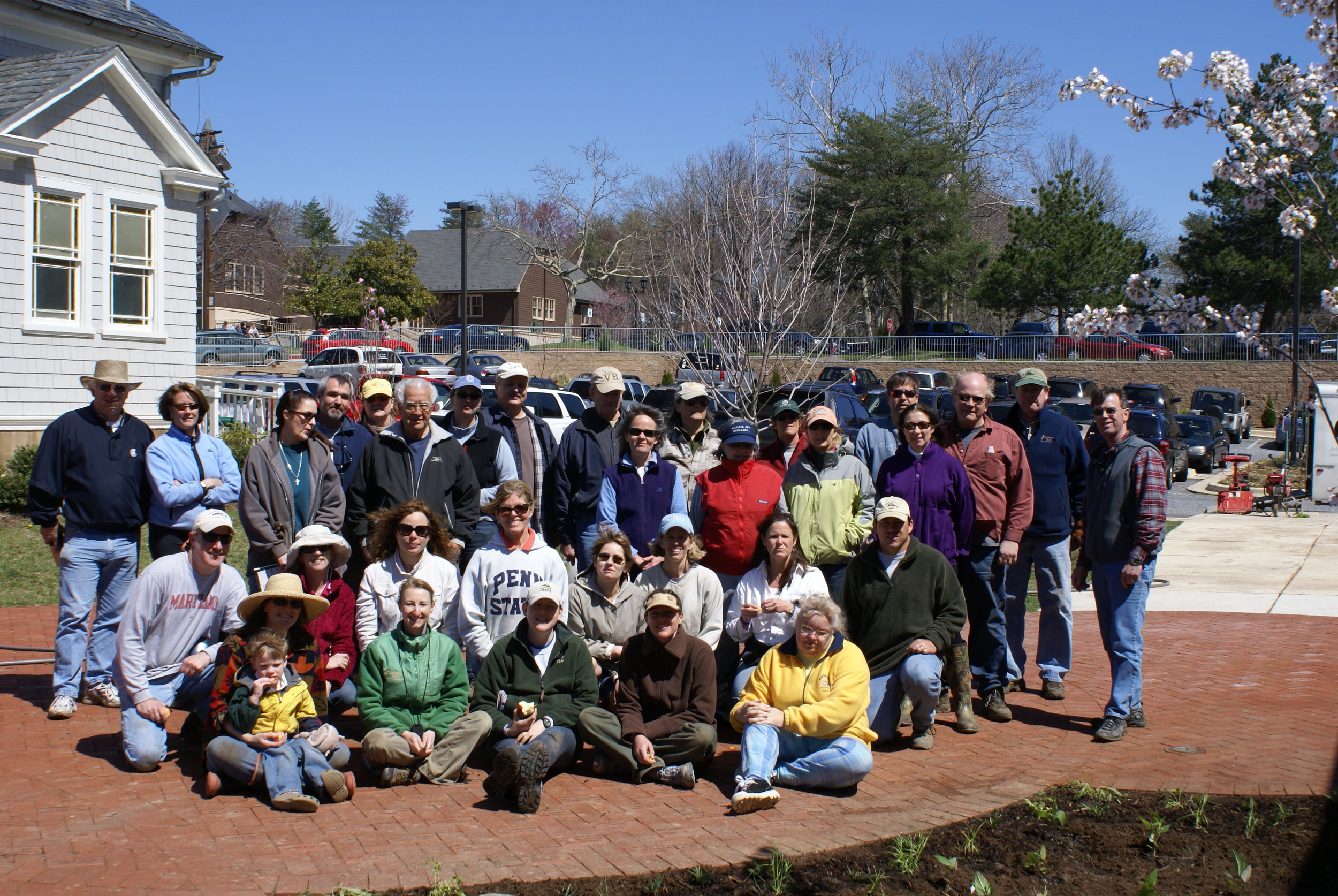Many of you have heard by now that our county has lost a great visionary leader. Ron Bowen, former Anne Arundel County Director of Public Works and co-founder of the Watershed Stewards Academy, passed away Sunday evening after a long illness.
When I first met Ron in 2005, I had no idea that he would change my life…and yours. The message below is a first attempt to share with the WSA family a bit about this amazing man, and the legacy he leaves for all of us. I know that many of you have your own memories of Ron and I invite you to share those thoughts and memories with all of us through our Facebook page and/or through direct correspondence with his family, through his wife Linda. Ron’s full obituary can be found here.
Yesterday, I met with Stephen Barry and Ginger Ellis, the other two WSA founders, to remember Ron. Together, the four of us spent hundreds of hours dreaming up the Watershed Stewards Academy and through that process really got to know a lot about each other. As we talked about Ron this week, three ideas surfaced over and over again about this man’s incredible legacy.
First VISION. Before WIPs and TMDLs were part of our lexicon, Ron was laser focused on clean water. Before other Public Works Directors understood stormwater pollution as their problem, Ron was busy leading a thorough assessment of watershed conditions and laying the foundation for what is now the Watershed Protection and Restoration Program. He invested in outside the box solutions and championed Coastal Plain Outfalls and Regenerative Stormwater Conveyances. He recognized that government could not solve this problem alone, and co-created the Watershed Stewards Academy to connect everyone who “lives, works and plays” in Anne Arundel County to be part of the solution. His focus was on engaging communities through local leadership.
Second, “Not my Job” was not in his vocabulary. As the Director of Public Works, Ron had a wide range of responsibilities…utilities, roads, waste water, but he was never too busy to help a resident with a problem. He spent countless evenings walking communities, looking at problems and finding solutions. He embodied “public servant” in a very literal sense. Although Ron had risen to a high-ranking position with many responsibilities, he never made you feel as if his time was more important than yours, or that your issues were less significant. His example of public service trickled down to those who worked under him, and his staff rose to meet his standard of excellence.
Last, he believed strongly in Communication, Coordination and Collaboration. He worked hard to break down the silos and barriers between government departments and to create systems that connected government with citizens, organizations and businesses. During the creation of the Watershed Stewards Academy, Ron was insistent on a model that fostered an ongoing dialogue and collaborative spirit between government and citizens.
For those who do not know it, below is the story of how WSA was started. I have Ron to thank for bringing this amazing organization and each of you into my life. We all have Ron to thank for the pathway to clean water that he paved, and that we are now following together.
Please join is in remembering Ron and in continuing his legacy of passion for the environment and making clean water a reality.
Suzanne





![WSA 28[1].jpg](https://images.squarespace-cdn.com/content/v1/544916c3e4b09edc336b555e/1526048667032-9SH8CK74GA54WH7WMS8O/WSA+28%5B1%5D.jpg)







